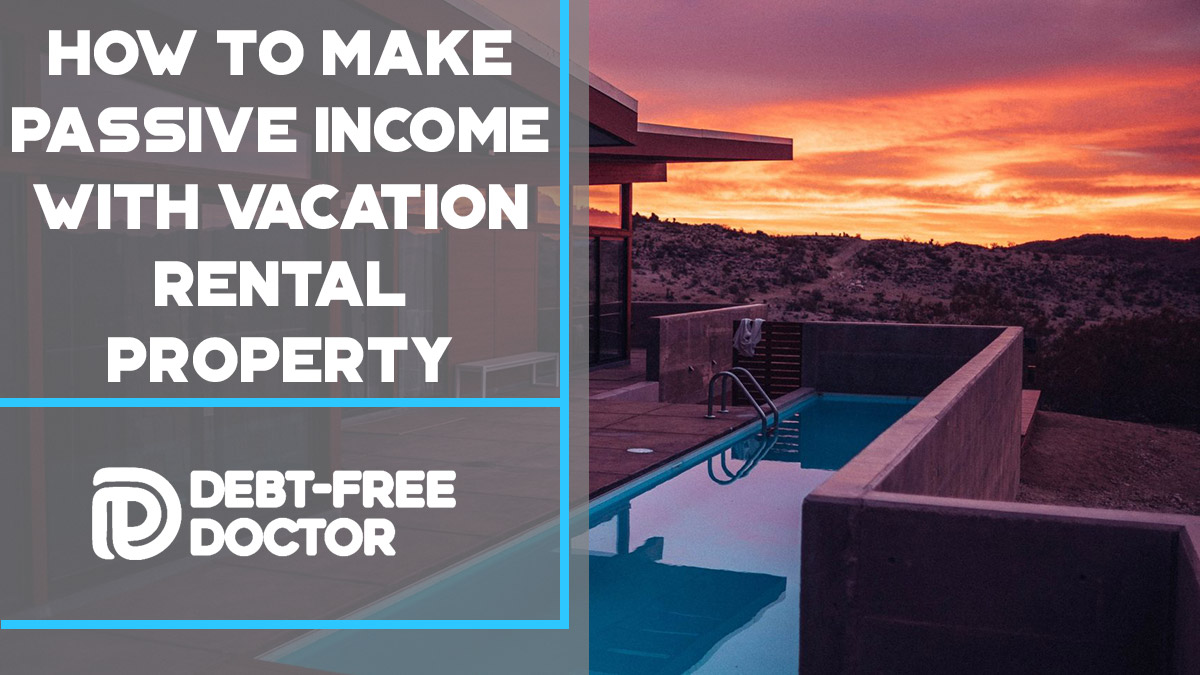Vacation rentals have become a go-to investment strategy for many real estate enthusiasts. Who wouldn’t want to earn passive income while owning a property in a beautiful destination? However, buying a vacation rental property that generates consistent passive income requires more than just a pretty view. It demands careful planning, research, and a solid understanding of the local market. Here’s a comprehensive guide to help you buy a vacation rental property that meets your passive income goals.

First and foremost, define your investment goals. How much passive income do you want to generate from your vacation rental property? Are you looking for a supplement to your primary income or a full-time income stream? Knowing your goals will help you determine the type of property, location, and financing options you need to consider.
Next, think about the type of property that will appeal to your target audience. Are you looking to cater to families, couples, or solo travelers? Do you want a cozy cabin in the woods or a luxurious beachfront villa? Research popular vacation rental websites such as Airbnb, VRBO, and HomeAway to see what types of properties are in demand. Consider factors such as amenities, location, and pricing to ensure your property stands out from the competition.
Location, location, location – it’s a mantra in real estate, and for good reason. The location of your vacation rental property can make or break its potential for generating passive income. Look for areas with high demand, limited supply, and a strong track record of tourist activity. Consider factors such as proximity to local attractions, public transportation, and amenities. A property that’s within walking distance to the beach or a popular ski resort is likely to attract more bookings than one that’s miles away.
When it comes to financing your vacation rental property, you’ll have several options to consider. You can opt for a conventional mortgage, a home equity line of credit, or a short-term vacation rental loan. Consider visiting a financial advisor who will help you determine the best option for your situation and goals.
Once you’ve found a property that meets your criteria, it’s time to crunch the numbers. Calculate your operating expenses, including mortgage payments, property taxes, insurance, and maintenance costs. Consider hiring a property management company to handle day-to-day tasks such as cleaning, guest communication, and bookkeeping. This will help you generate more passive income and minimize your time commitment.
Another crucial aspect to consider is taxes. As a vacation rental property owner, you’ll need to pay taxes on your rental income. Research tax deductions and credits available to vacation rental property owners, such as mortgage interest, property taxes, and operating expenses. Consult with a tax professional to ensure you’re taking advantage of all the tax benefits available to you.
Finally, think about the long-term potential of your vacation rental property. Will the area continue to attract tourists in the years to come? Are there any development plans or infrastructure projects that could impact your property’s value or desirability? Consider visiting the area during different times of the year to get a sense of the local economy and tourist activity.
In conclusion, buying a vacation rental property with passive income in mind requires careful planning, research, and attention to detail. By defining your investment goals, choosing the right property type and location, and crunching the numbers, you can generate consistent passive income and enjoy the benefits of owning a vacation rental property.





